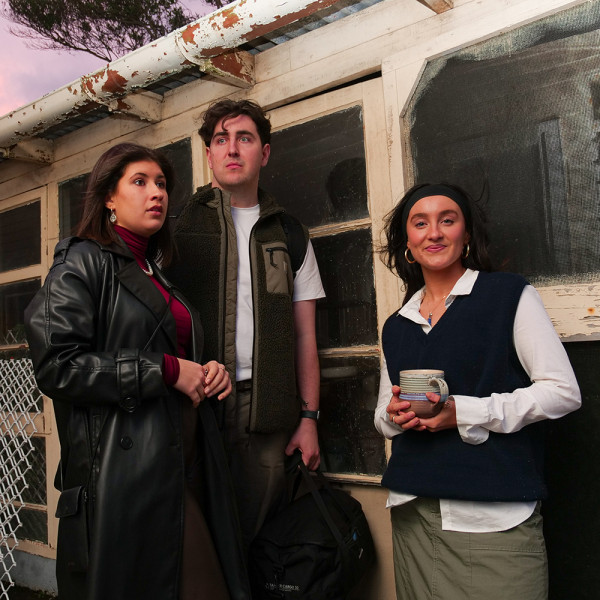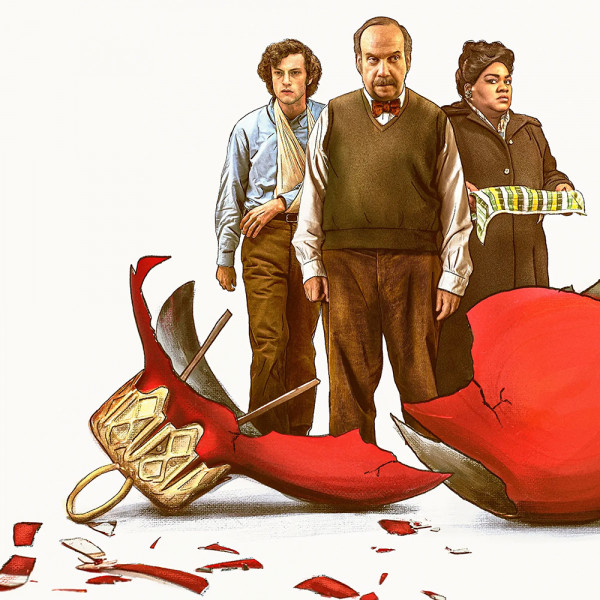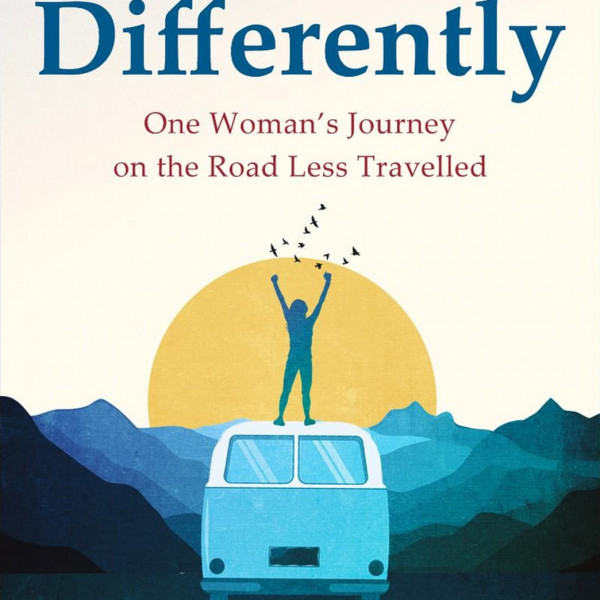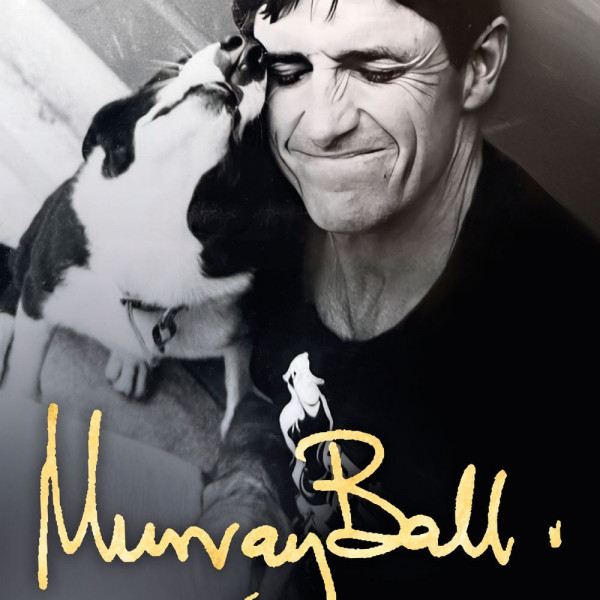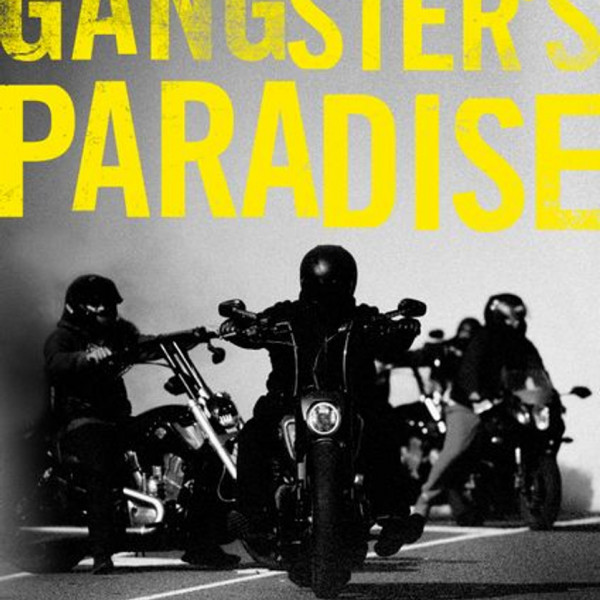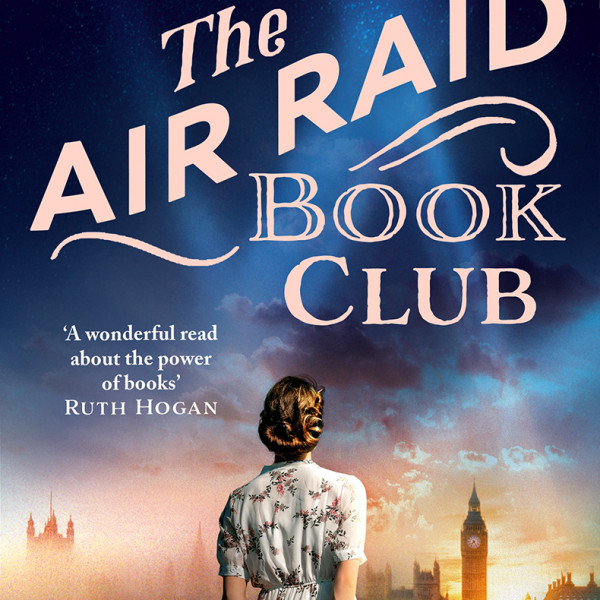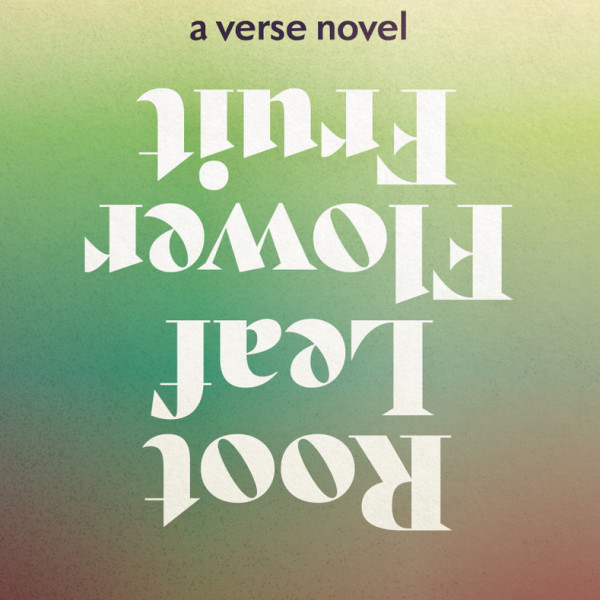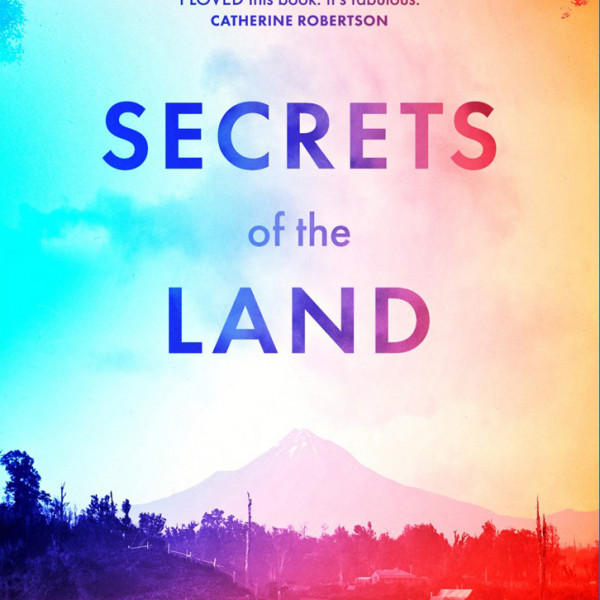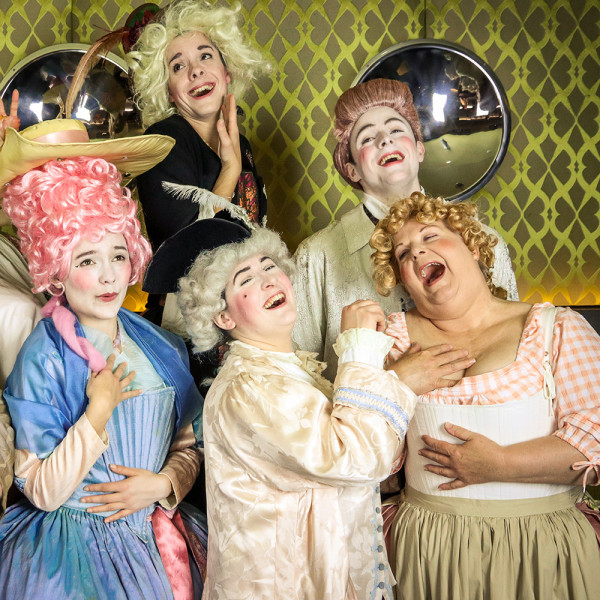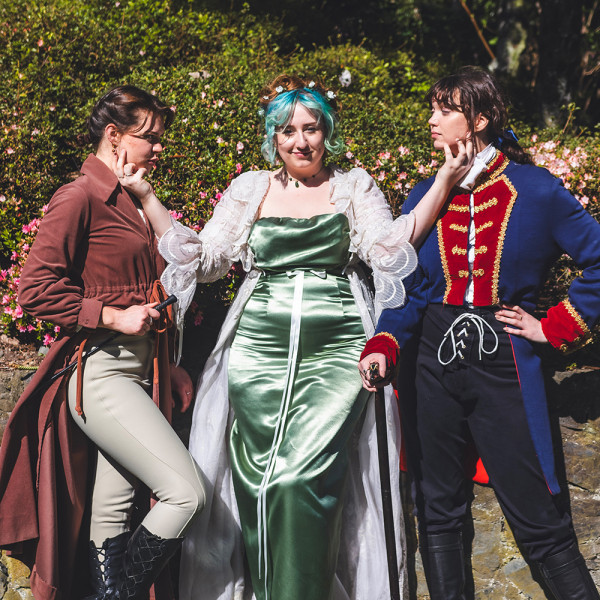
A Year and a Day
Written by: Christopher Sainton-Clark
Directed by: Rosanna Mallinson
Hannah Playhouse, 20th Feb 2024
Reviewed by: Alessia Belsito-Riera
Again and again, Nathan wakes up on the heath just beyond his hometown in County Meath, Ireland. When the ball of light came racing towards him on that fateful October night, the year was 1959, but with each new dawn for Nathan, a year and a day has passed for the rest of the world. Leaving behind a botched heist, a vengeful criminal gang, his best friend Sam, his struggling parents, and Elsie, the love of his life, Nathan must spend his time managing the chaos caused by this inexplicable curse.
A Year and a Day takes on the cadence, rhythms, and teachings of folklore as it subtly warns the audience to live not in the past or the future but in the here and now. Recounted completely in rhyme by Christopher Sainton-Clark alone on stage, the story is engaging and paced as if to keep up with Nathan’s temporal leaps. Accompanied by an intentional and essential lighting design from Daisy den Engelse to indicate time and place, Sainton-Clark plays each character distinctly, moulding his body, voice, and mannerisms into a disappointed father, a scorned friend, a heartbroken lover, and a lost time traveller. He has no props to use, only the clothes upon his back, his body, and his emotions, yet pure magic flows forth from this immensely talented shapeshifter.
A Year and a Day spans 65 years – or just two months in Nathan’s timeline. A poignant, tender, and darkly comedic story, this New Zealand Fringe Festival show explores the intricacies of love and loss ravaged by time. As Sainton-Clark skips through days, months, and years, he paints an evocative and painfully beautiful portrait of the time traveller, focusing not on the excitement of what is to come but on the nostalgia of an unlived past and the torment of what could have been. The result is a man clutching in vain at the sands of time slipping unrelenting through his fingers.





